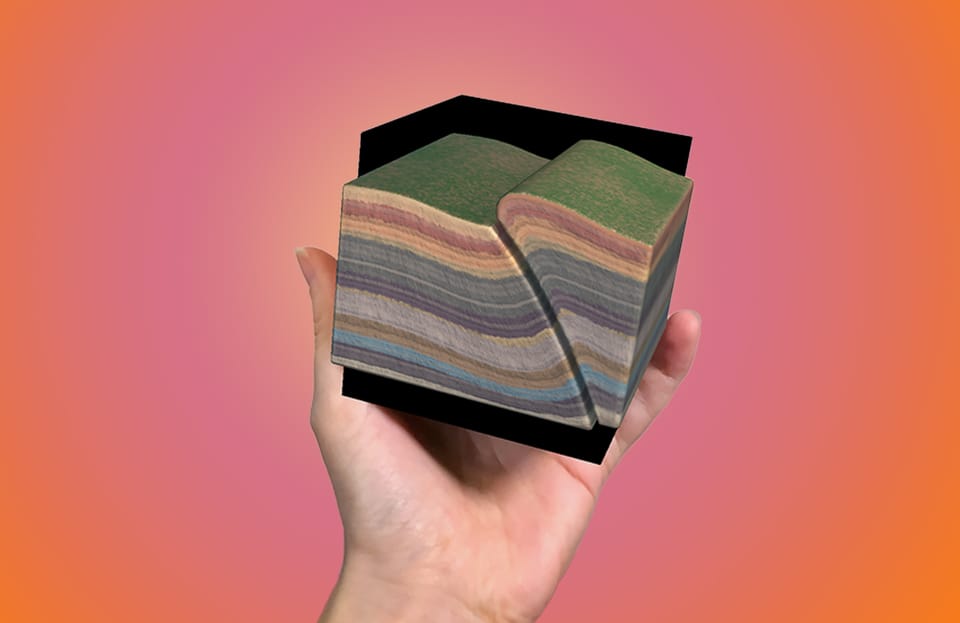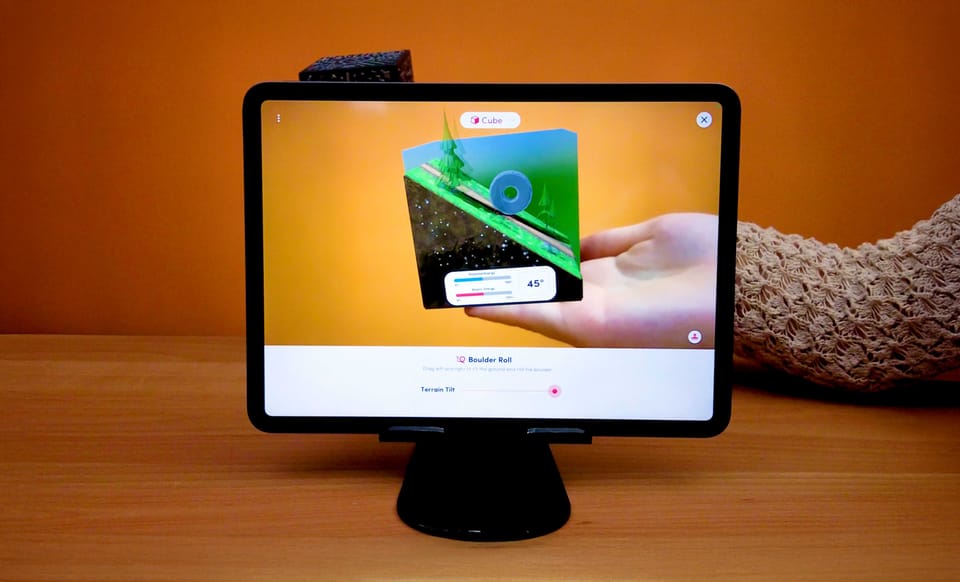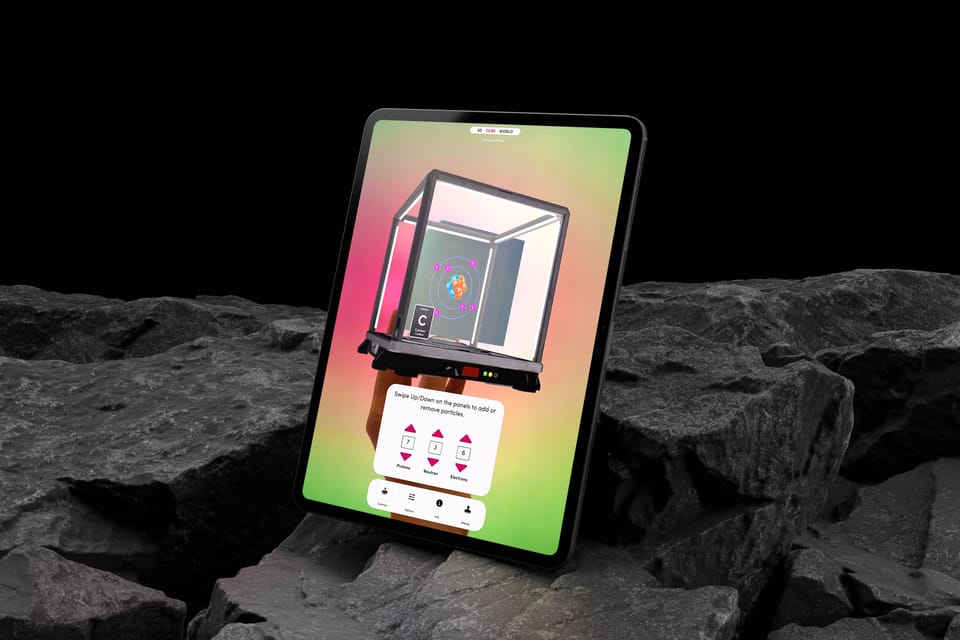Exploring Health Science with Merge EDU: Bringing Anatomy and Biology to Life
Whether they’re aspiring doctors, nurses, lab technicians, or simply curious learners, every student benefits from exploring Health Science through the power of hands-on augmented reality.

One of the most exciting parts of teaching Health Science is helping students understand the complexity of the human body. From the structure of a single cell to the intricate systems that keep us alive, these concepts can often feel abstract when presented only through textbook diagrams. Merge EDU changes this by allowing students to hold, rotate, and explore realistic 3D models in their hands.
With Merge EDU, students can interact with digital simulations, deepen their understanding of anatomy and physiology, and connect what they see in class with the health careers they may pursue in the future.
Anatomy Up Close: From Cells to Systems and More
The Merge Explorer and Merge Object Viewer apps include a robust collection of anatomy and health-related activities and collections.
Merge Explorer Simulations:
- Human Anatomy - The Human Anatomy topic card provides in-depth simulations of the circulatory, digestive, nervous, respiratory, skeletal and urinary systems, and the organs that make up each.
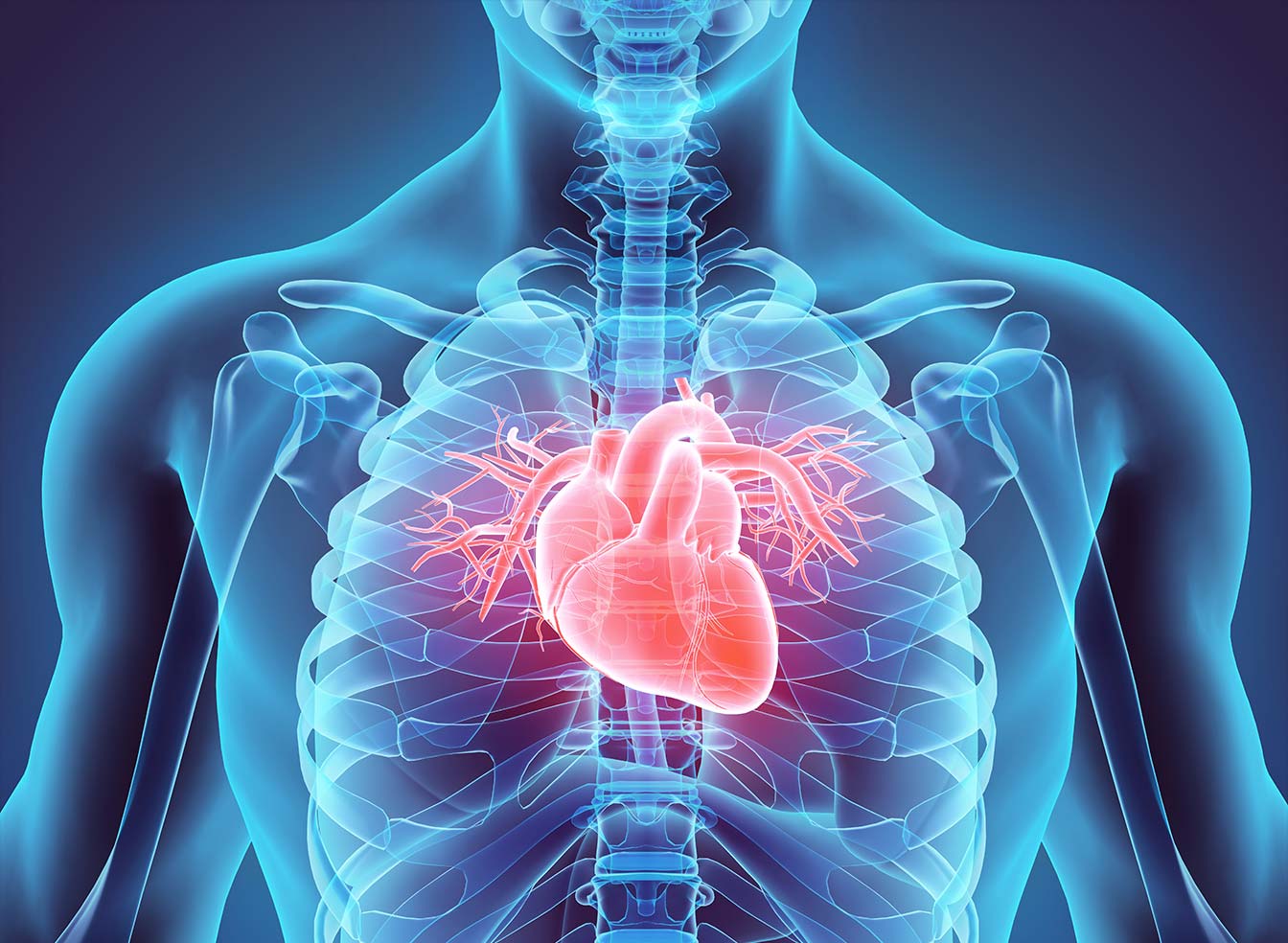
- Mr. Body - This topic card is perfect for even elementary students as they begin to explore the human body and important organs that help us survive.
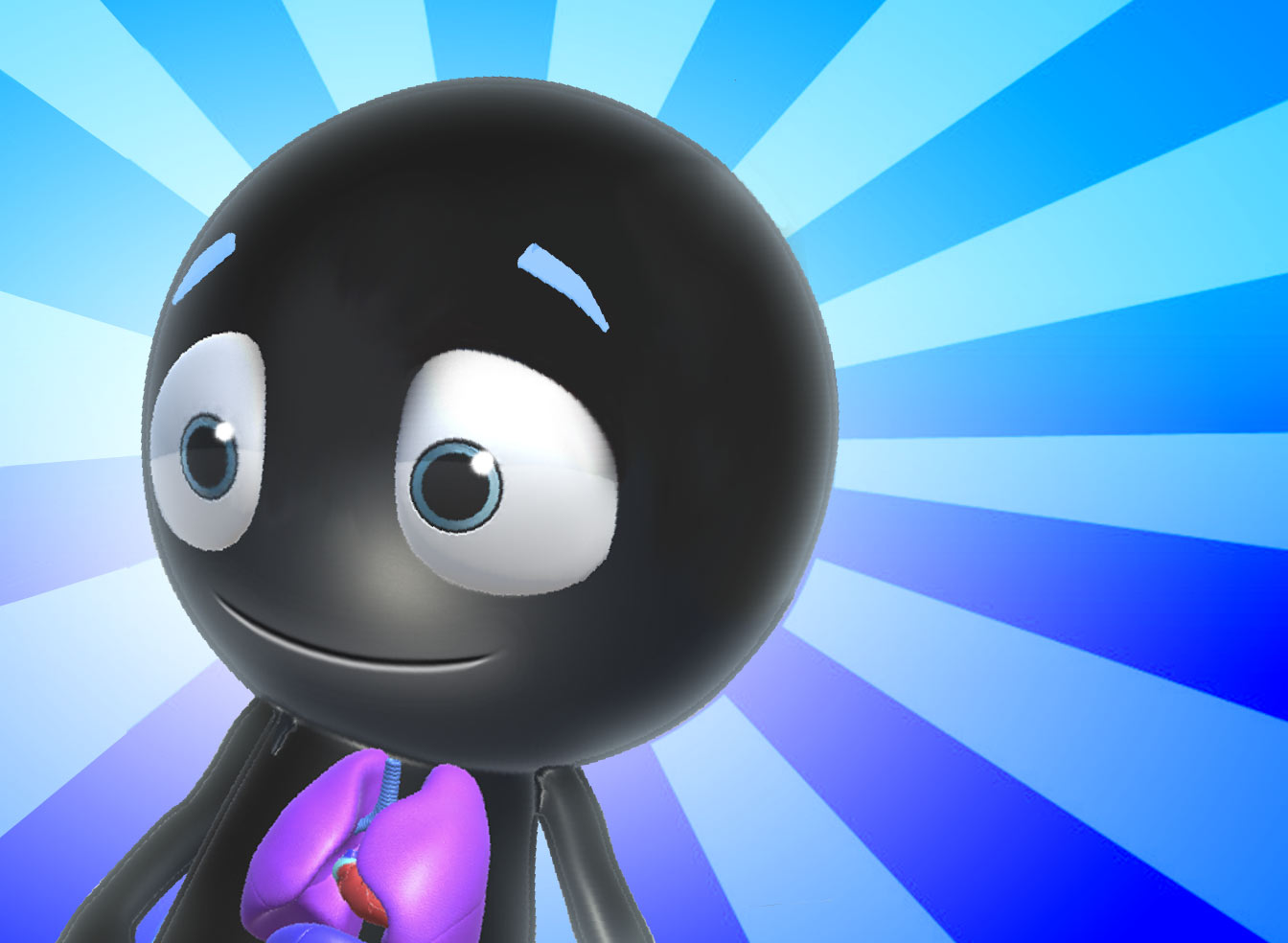
Merge Object Viewer Collections:
- Anatomy of the Brain – Students can place a lifelike 3D brain in their hand and examine its regions, learning how different parts control movement, memory, and emotion.
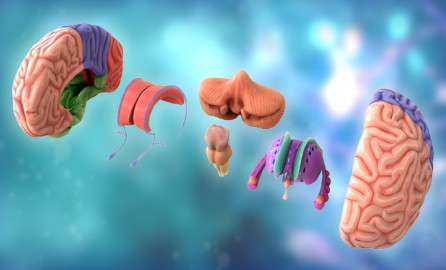
- Anatomy of the Eye - Get a close up look at the anatomy of a human eye, including the cornea, sclera, optic nerve, lens and retina to learn more about each component and its location.
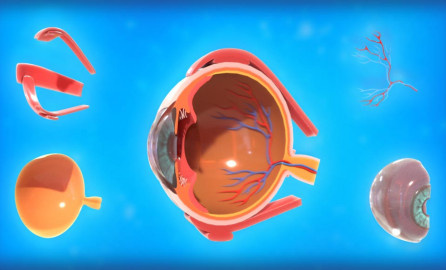
- Anatomy of the Ear - Students will get a hands-on view of the eardrum, ear canal, cochlea and other intricate parts that make up the human ear.
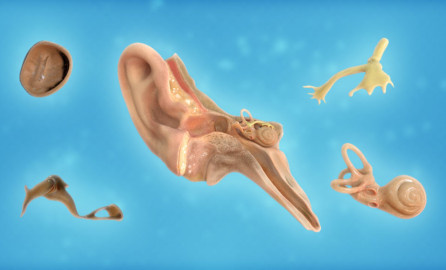
- Cells - Hold and observe various types of cells like a plant cell, an animal cell, a fat cell, a white and red blood cell, amoeba, and more.
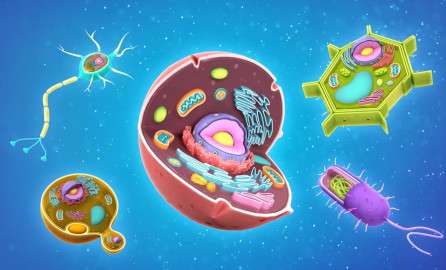
- The Circulatory System –Learn about the circulatory system using this collection that includes a close-up view of a blood vessel, various types of white blood cells, platelets, plasma, and the heart.
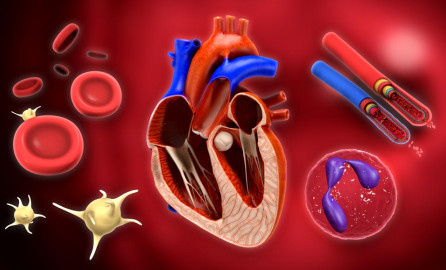
- Lung Health - Students will get an in-depth view of human lungs to see where components like alveoli and bronchial tubes are located, and compare and contrast healthy vs unhealthy lung tissue.
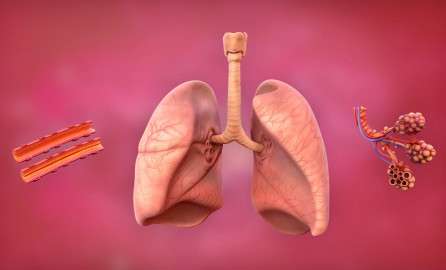
- Dental Health - Future dentists and orthodontists can get an inside look at the anatomy of a human tooth, explore various stages of tooth decay, and identify some of the tools used to keep our teeth healthy.
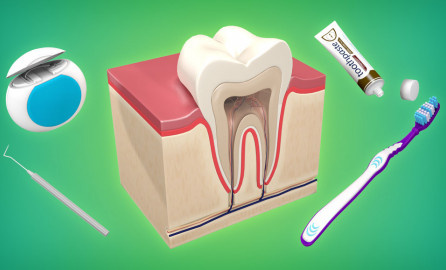
- Muscles - Students can see the similarities and differences between smooth, cardiac, and skeletal muscles and their corresponding cell structures, and get a close-up look at the structure of a single muscle fiber.
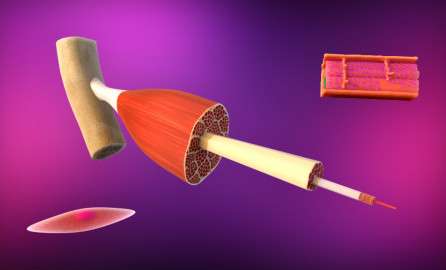
- Neurons - With this 3D collection, you’ll be able to inspect and explore neurons and neuroglial cells like sensory neurons, motor neurons, and interneurons.
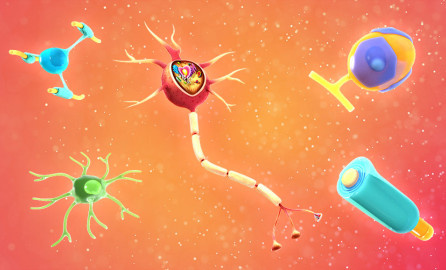
- Urinary System - Students will be able to identify each part of the urinary system with this collection of 3D objects! Observe the system as a whole, then inspect each organ like the bladder, kidney, ureter, and adrenal gland.
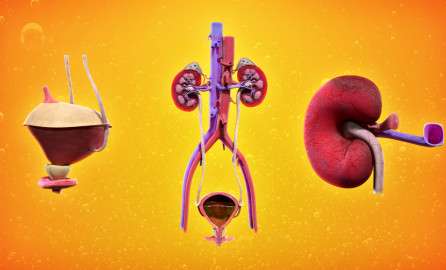
- Viruses - Explore the microscopic world of viruses! Learn about how they spread and cause simple ailments like the common cold to the most deadly infections and diseases.
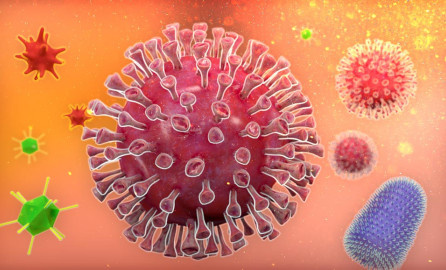
- Human Anatomy – Hold the various structures and systems that make up the human body and watch as objects animate and come to life.
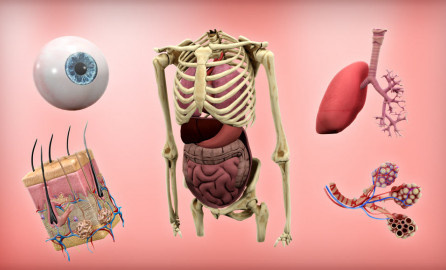
These hands-on simulations and 3D objects make it easier for learners to grasp not just what body systems and look like, but how they work together to sustain life.
Animal Dissections Without the Mess or Ethical Concerns
Not every health science program has the resources or comfort level to perform dissections. The Merge Explorer app offers safe, accessible alternatives:
- Frog Dissection Simulation – Students can virtually dissect a frog, peeling back layers to observe internal organs and body systems. The activity reinforces dissection skills while avoiding ethical and logistical barriers.

- Shark Anatomy – Learners can compare human and animal structures including shark anatomy, examining similarities and differences.
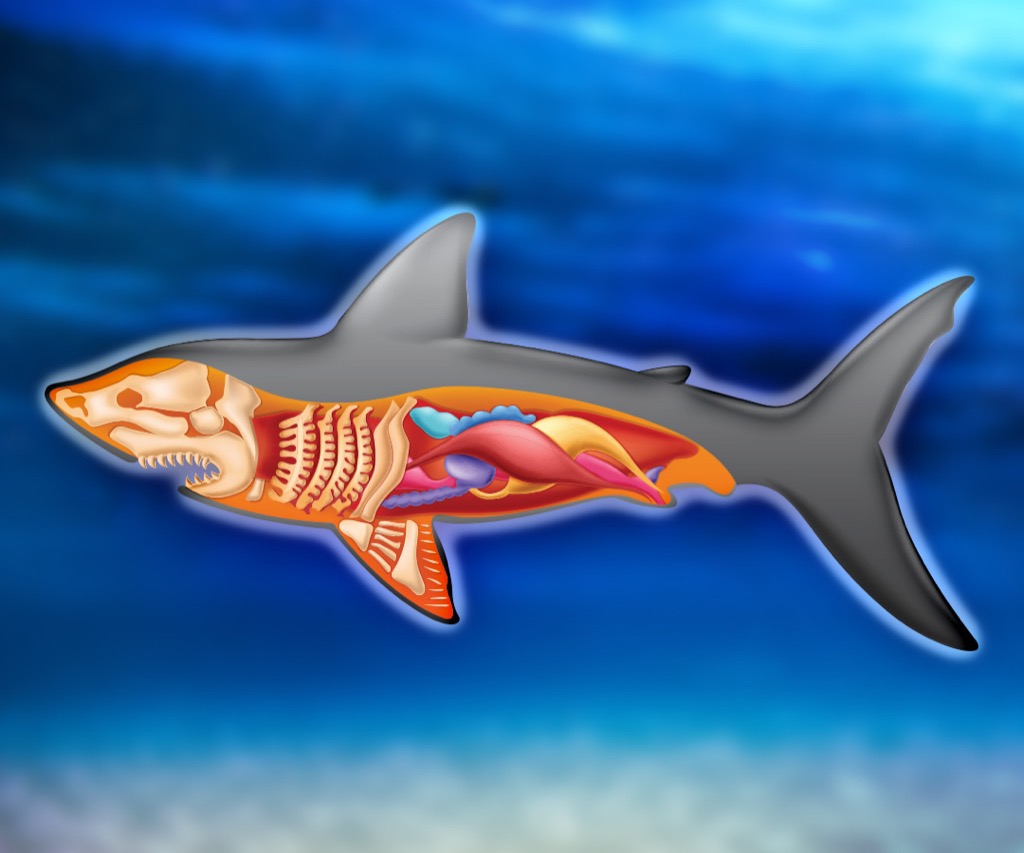
This approach keeps the sense of discovery alive while making the experience available to all classrooms, regardless of budget or lab access.
Skills for Future Health Professionals
Merge EDU builds the 21st century skills students need for careers in medicine, nursing, biotechnology, and beyond. Working with 3D models encourages:
- Spatial reasoning, critical for interpreting medical scans and anatomy.
- Collaboration, as students naturally gather around the cube to compare findings.
- Problem-solving, by engaging with interactive simulations that require inquiry and explanation.
This makes Merge EDU a powerful bridge between today’s classroom and tomorrow’s health science workforce.
Health Science Matters
Health Science is one of the fastest-growing areas in education and career readiness. By providing immersive, standards-aligned content that makes complex ideas tangible, Merge EDU ensures students don’t just read about the human body—they experience it.
Teachers gain an accessible, reusable set of tools, while students gain memorable insights. Whether they’re aspiring doctors, nurses, lab technicians, or simply curious learners, every student benefits from exploring Health Science through the power of hands-on augmented reality.

















